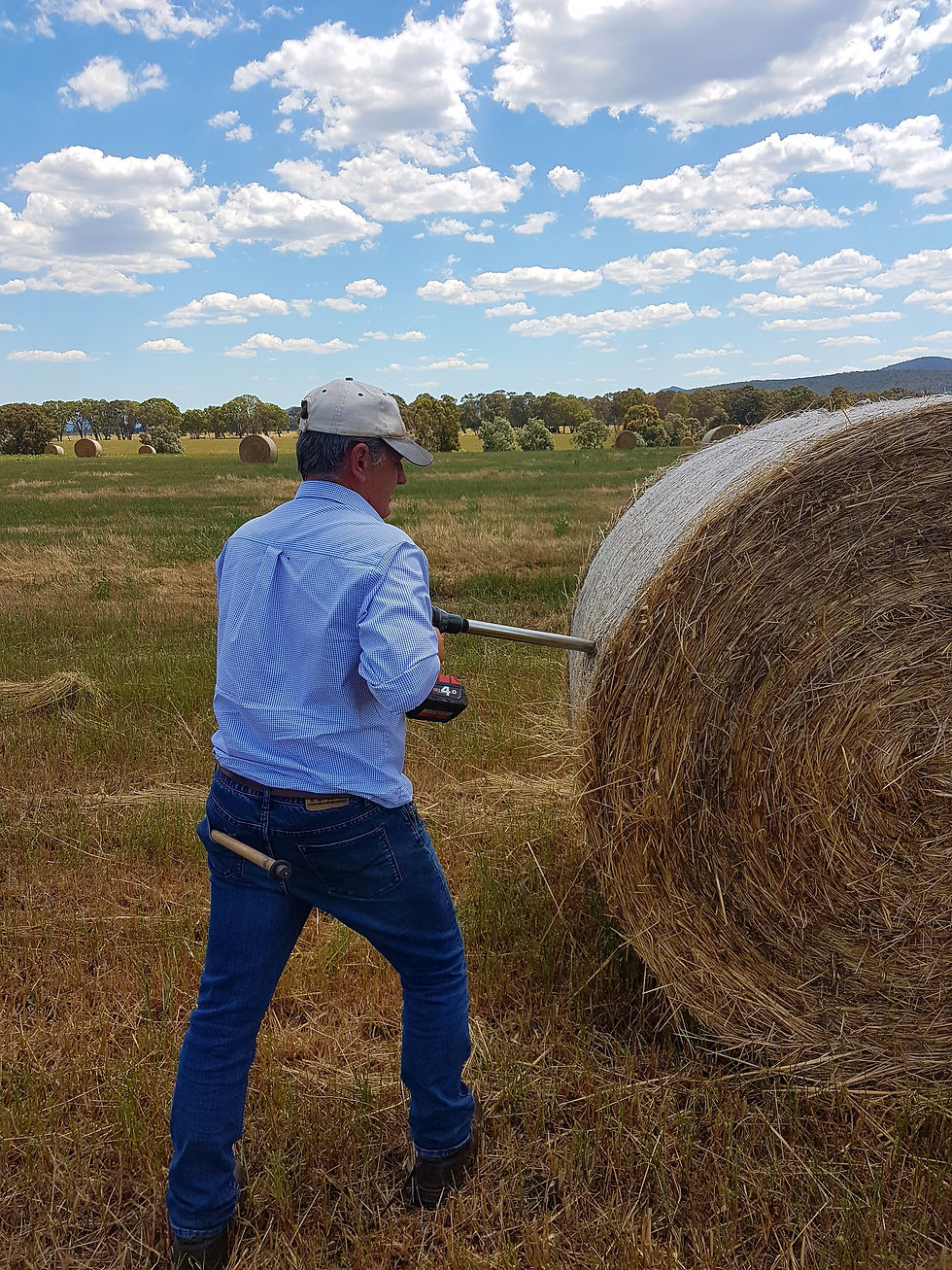TRAC Beef & Sheep Newsletter - Autumn 2020
- Rebecca Thorn

- Mar 25, 2020
- 2 min read
Updated: Aug 14, 2020

Seasonal conditions and commodity pricing continue to present extremes encouraging livestock producers to carefully evaluate and research decisions. Breeding numbers in Australia are at low levels and returns for red meat are experiencing industry highs, combined with weather extremes across the country, the supply and demand mechanism is having a significant impact on returns. As we approach the 2020 breeding season, improving survival rates and management practices focusing on feeding efficiencies and addressing sub-clinical conditions of livestock can pay big dividends. Our Tech Support and Nutrition team are busy on the road and we encourage you to make contact for a chat if you are experiencing any farm production issues or looking to take your livestock enterprise to the next level.

DYSTOCIA
Lambing Dystocia or lambing troubles are when a lamb is either too big for the birth canal, the birth canal is abstracted and or the lamb is presented where a ewe can’t physically push the lamb out, e.g. breach or front legs pinned back.
Coming strong into lambing season, a good reminder to regularly check ewes particularly if they are over conditioned. In many areas the season set up for good green pick and lucerne to maintain strong, providing excellent summer feed.
Owen Rees, a senior consultant for TRAC has put together an article on lambing problems based on dystocia, where the issue comes from, future management for prevention, the direct impact on wool production, survival rates and sharing some research around condition scores and the impacts.

RYEGRASS STAGGERS &
TOXIN LOADING IN SUMMER GRASS
We have all in seasons in one this summer, with cycles of rain - humidity - heat repeatedly. This has resulted in the return of perennial species providing green summer feed, but also has subjected standing feeds to the perfect environmental conditions to grow mould. We are expecting large problems with both staggers and toxin loading from new and dried stands to impact grazing livestock across southern Australia. Toxins from any source can see large drops in production, growth, fertility and also unexpected deaths for this time of year. Keep an eye out for animals behaving strangely, easily spooked, staggery, dropping condition and 'off' looking manure and health. The occasional warm day can also be a good indicator when animals seem unusually heat stressed. Staggers and mould problems can be fixed, timing is to avoid losses that are both financial and physical.
FODDER
Friendly note to request a feed analysis on feed prior to purchasing and conducting a feed analysis on all unknown forages. Additionally, many forages have been exposed to rain and a Mould and Yeast count is an informative tool to match feeds to livestock classes.
Our Consultants EXPERTS IN RUMINANT PRODUCTIVITY
Mark Facy
0437 243 320
Owen Rees
0429 437 823
Mikaela Baker
0457 243 319
To download a full copy of this TRAC Beef & Sheep Newsletter - Autumn 2020 Edition, please click the link below...
For a copy of the individual article, please click the relevant link...





Comments